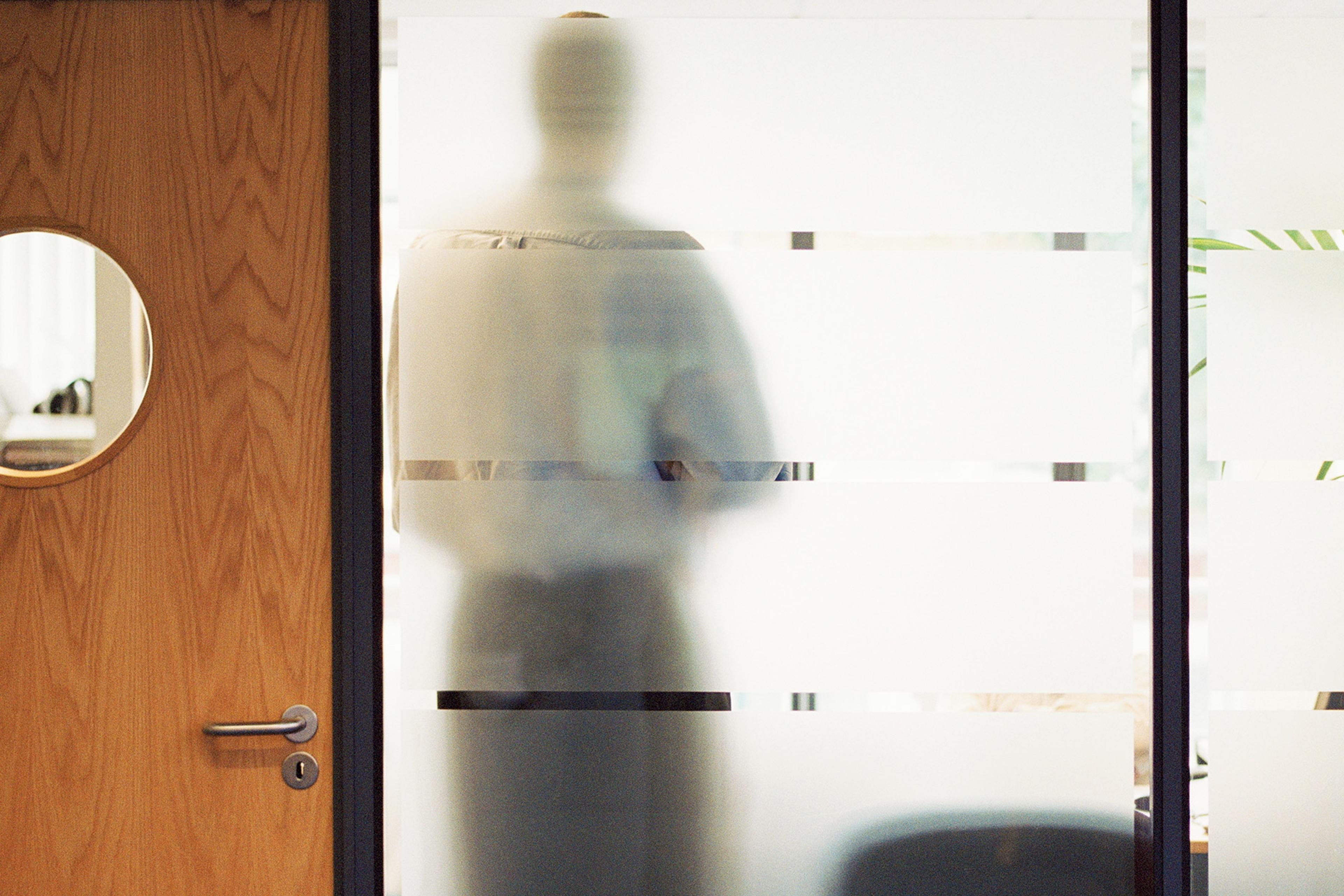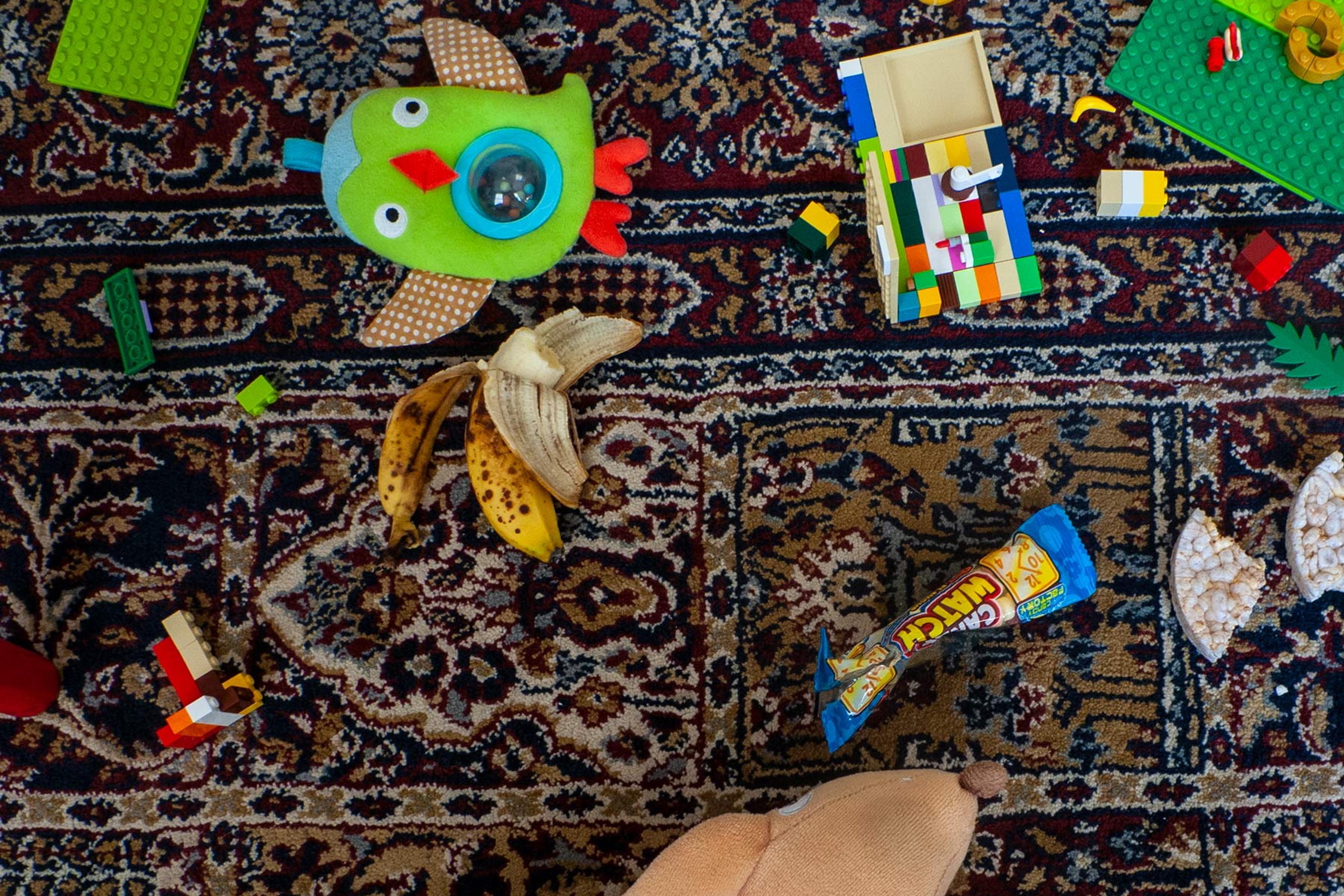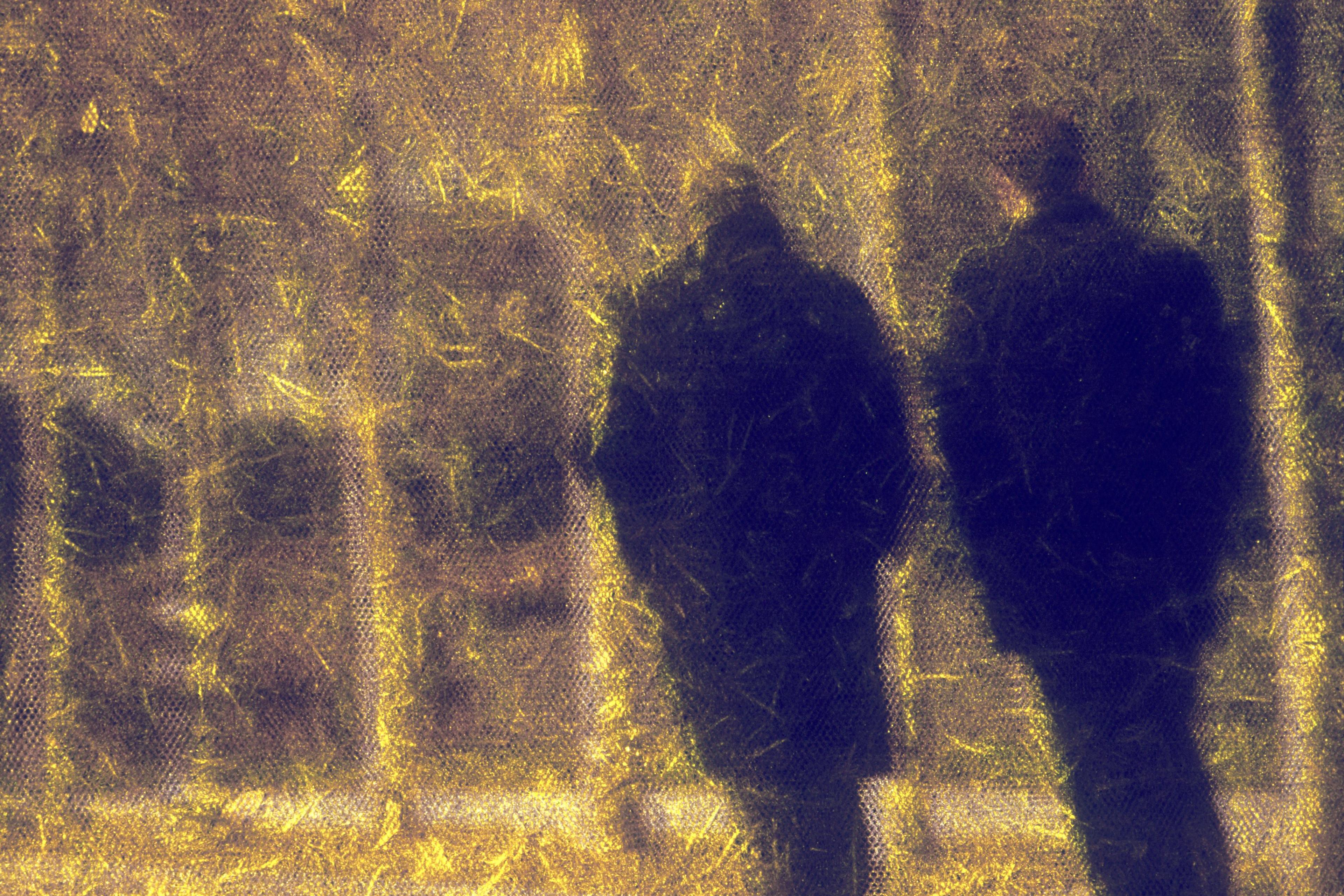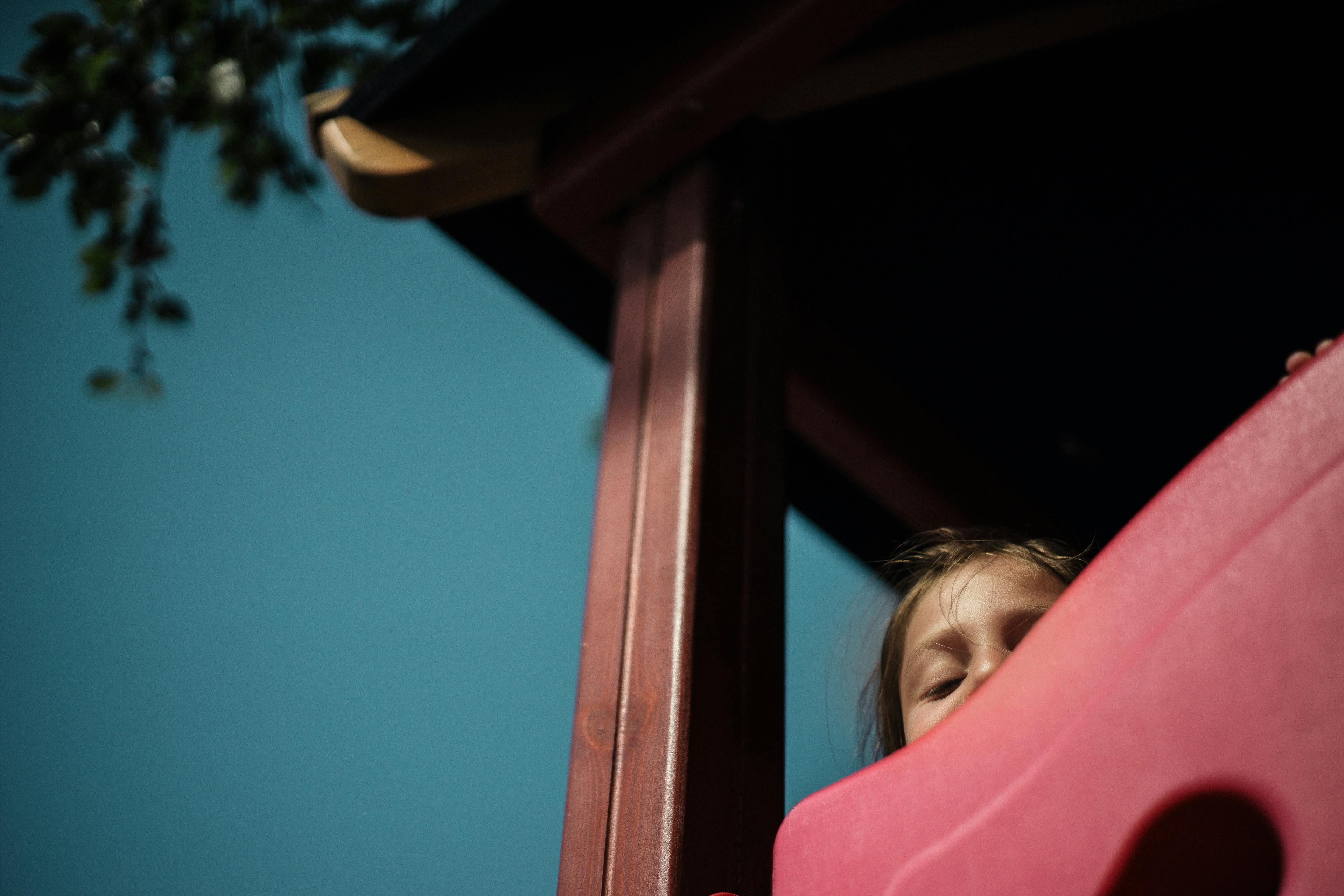The vast majority of us grow up with one or more siblings, often forming powerful bonds as we learn to coexist, gaining social understanding with every conversation, conflict and compromise. Siblings can offer companionship, camaraderie and a shared set of lived experiences unique to each family. Although sibling relationships can also be fraught with struggles for individuality, disagreements and competing goals, brothers and sisters tend to morph from adversarial playmates in childhood and adolescence into allies in adulthood. Yes, it can be an ambivalent alliance, but on balance for many people it is more good than bad.
Without downplaying these positive and beneficial aspects of having a sibling, what alarms my research colleagues and me is that the ‘bad’ in this story may be more invisible, serious and pervasive than is currently recognised. I’m talking about the often unspoken problem of sibling bullying.
Sibling bullying is more than a one-time show of violence or aggression – it is repeated acts of aggression over a prolonged period of time, from which the victim cannot escape. This can include physical and verbal aggression, emotional and social manipulation, mind games and bullying via social media.
Because many parents view sibling conflict as normal, they often resist getting involved. This belief in the normality of conflict combines with young siblings’ immature social skills and their naturally competing goals. Taken together, this creates a space in which they can abuse and mistreat each other, often unnoticed or unaddressed by parents and other adult relatives.
There is increasing evidence for the prevalence of sibling bullying. In our recent study, my colleagues and I investigated rates of sibling bullying among thousands of young adults across three countries and continents (Argentina, Estonia and the United States). Roughly 50 per cent of them told us they had experienced it firsthand.
Other contemporary research indicates that brothers and sisters report experiencing sibling bullying at similar rates, with brothers reporting more physical aggression while sisters report more emotional and social forms. Siblings most commonly report they were both a bully and a victim, indicating a complex dynamic in the family setting (this contrasts with school bulling between pupils where the most commonly reported experience is being a victim). Younger siblings more often report being victims of older siblings, likely because older sibling have more resources (such as status, physical or emotional skills, or experience) to wield against their younger siblings.
Other studies suggest that there can be a trickle-down effect: when older siblings model the use of aggression to younger siblings, they in turn are more likely to be aggressive to their younger siblings, and so on, resulting in siblings holding both the role of bully and victim in the family.
A key reason why sibling bullying often goes unaddressed is that it can be hard to recognise it in our day-to-day interactions. Imagine 10-year-old Kai and eight-year-old Jamal have a huge blow-out fight, and Kai gets the better of Jamal. Even if Jamal was quite nasty, as a one-off event, this doesn’t mean that Kai has bullied Jamal. It is understandable that many parents would put this down to normal sibling conflict.
However, imagine Kai and Jamal argue often, regularly leading to Kai shoving and hitting Jamal. Bullies are frequently savvy and know how to dish out their harm when others are not paying attention. If Kai hurts Jamal consistently over many months or years in a way that Kai can’t avoid or stop, then it becomes bullying.
Remember, sibling bullying is not just about physical violence. In fact, verbal bullying is reported to occur more often than physical and can be communicated in more subtle ways.
For example, imagine 13-year-old Maya frequently calls nine-year-old Lara demeaning names, threatens her, criticises and belittles her abilities or mocks her personal qualities on a regular basis, both in front of others and in private interactions. If Lara cannot stop or avoid Maya’s attacks, Maya is likely bullying Lara.
Negative effects on mental health are not only recorded among victims, but also among bullies
Another form of aggression is what researchers call ‘relational bullying’, such as leaking private information, spreading gossip or purposefully excluding or giving a sibling the ‘silent treatment’ to emotionally shut them out. Again, this can also occur repeatedly over a prolonged time and would count as another kind of sibling bullying.
When any of these verbal and emotional kinds of bullying behaviours play out via technology, for example on social media sites and group chats, this can make it even harder for parents or other adults to realise what’s going on.
If reading any of these examples prompts you to think: ‘Oh, that happens all the time’ – that is exactly my point. This is why sibling bullying so often goes unnoticed because it is accepted as normal.
Sibling bullying is not only highly prevalent and often unaddressed, it is also uniquely harmful. Sibling bullies are difficult to avoid because you share a living space and your closest relationships with them for years. Siblings contribute to our understanding of how personal relationships work, they influence the identity we develop and convey in our close relationships, and can influence expectations of future relationship partners. As a result, sibling bullying can have negative effects on the victim’s mental health and relationships that last long into adulthood.
These negative effects on mental health include increased risk of eating disorders, chemical abuse, depression, difficulties in peer and romantic relationships, antisocial behaviours, lower self-esteem and overall wellbeing. These effects are not only recorded among victims, but – for complex and largely unexplored reasons – also among bullies. Parents and other family members can intensify these negative effects if they are made aware of the bullying and yet deny it is happening or fail to acknowledge its negative effects.
If reading this has prompted you to consider your own experiences, then here are a few points to consider. Sibling conflicts are not inherently bad. But if you fought with siblings growing up, consider asking them about the impact it had on them and reflect on your own feelings too. Such conflicts can be beneficial, providing a natural process through which we practise problem-solving with our family members. However, it’s also worth considering if harm may have been done, even if inadvertently, and acknowledge how you both acted and were impacted. It is never too late to heal old wounds.
After giving public talks about sibling bullying, people have approached me with descriptions of rifts in their families they have carried forward from their youth. Some have even circled back to tell me how their ability to label and acknowledge their experiences initiated a healthier understanding of their family dynamics. In the best scenarios, they have talked with siblings and found a way to navigate the negativity and release some of the emotional angst they have been carrying for years.
If you are a parent, be aware of situations in which your sibling children may not be communicating constructively. Don’t ignore problematic patterns that are brought to your attention that indicate one child is manipulating another, time and again, or repeatedly using aggression.
Allowing siblings to work through conflicts and build interpersonal skills is essential to their personal development, as long as they are learning constructive skills that do not involve aggression as a means to an end. So, be proactive. Talk with your children about how they are handling their conflicts. Ask them what they are experiencing and if they are frustrated by their sibling’s behaviours.
Having conversations about how your family handles conflict may not be very comfortable for you, especially if you grew up with less-than-desirable role models or experienced sibling bullying yourself, but it is a powerful way to disrupt unnecessary harm. If you don’t feel confident having these discussions yourself, then consider talking to a school counsellor, tapping into resources through your healthcare provider or seeking out a mental health practitioner. They can help you find positive ways to resolve destructive communication patterns between your children.
Why is it that we don’t talk often enough about how siblings can hurt each other? Why might parents and practitioners tend to shrug off evidence of sibling bullying as a normal feature of childhood? One explanation is that it’s hard for them to recognise, similar to the threads woven into a tapestry that become invisible against the overall design. I hope that by raising attention to this everyday harmful phenomenon, fewer people will be left to suffer in silence.








